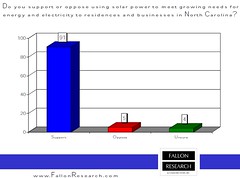 Jane Osborn talked about two health issues:
the downside of coal mining,
and no institutions for mental health.
Jane Osborn talked about two health issues:
the downside of coal mining,
and no institutions for mental health.
…also related to the solar discussion that was begun yesterday, I think a piece we don’t talk about very often is the extraordinary negative side of coal mining. We are taking the tops off of mountains in Appalachia, leaving pristine streams clogged with the debris and the toxic waste of that. So coal is not just the price you see that we pay for it. Coal is seen in the price of people still dying of black lung, every time a mine collapses, and every time another mountain is taken down. I would guess if they were taking mountains down in North Georgia, we’d be fussing about it.She said she has been a social worker for 33 years. She said starting June the DBHDD there would be a new service she recommended the county advertise on its website.
As of June 1st no person in the state of Georgia with a developmental disability may be placed in an institution.The new service is a 24/7 toll free number to call for help.
Here’s the video:
The extraordinary negative side of coal mining —Jane Osborn @ LCC 13 September 2011
Regular Session, Lowndes County Commission (LCC),
Valdosta, Lowndes County, Georgia, 13 September 2011.
Videos by Gretchen Quarterman for LAKE, the Lowndes Area Knowledge Exchange.
-jsq







